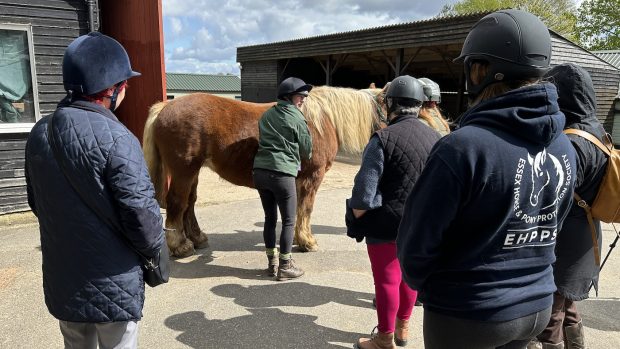Spillers horse feeds’ director of science, Dr Pat Harris, is undertaking research into “tying up” in event horses, in collaboration with the University of Nottingham and is calling for assistance from eventing yards around the country.
The research team has formulated a survey, which has the support of British Eventing, and aims to uncover how much of a problem tying up is in event horses and to improve understanding of the factors that can contribute to the condition.
“Further research into the condition is vital in order to improve our understanding of how common it is, what may trigger off an episode and how it can be managed effectively,” says Pat, an acknowledged worldwide expert on the subject.
All event horse yard owners/managers are being asked to complete a short online survey, even if no horses in the yard have ever suffered from the condition. All individual information will remain confidential and the survey takes just a couple of minutes to complete.
To complete the survey visit: www.nottingham.ac.uk/biosciences/ah/event_horses/
The condition
The scientific name for “tying up” is equine rhabdomyolysis syndrome (ERS), a complicated and debilitating condition, which has also been called azoturia, exertional myopathy and Monday morning disease over the years. ERS appears to affect most, if not all, breeds of horse at various ages.
ERS affects the muscles so that they cannot function as normal. This results in a wide range of clinical signs from failing to lengthen when asked, to the more typical animal that is unwilling or cannot move, and more rarely, an animal that goes down and cannot get back up.
During an episode the affected animal will often be in some pain and distress although this varies depending on the individual and the extent of the damage. The muscles of the hind limbs are the most severely affected but in a few individuals the forelimbs may also be involved.
Muscles may be swollen and/or painful to touch but this is not always the case especially in the more mild cases. The affected area is normally quite generalised across one or more muscle groups compared with the more localised pain resulting from pulled or strained muscles.
For more information about ERS visit the Spillers website: www.spillers-feeds.com





